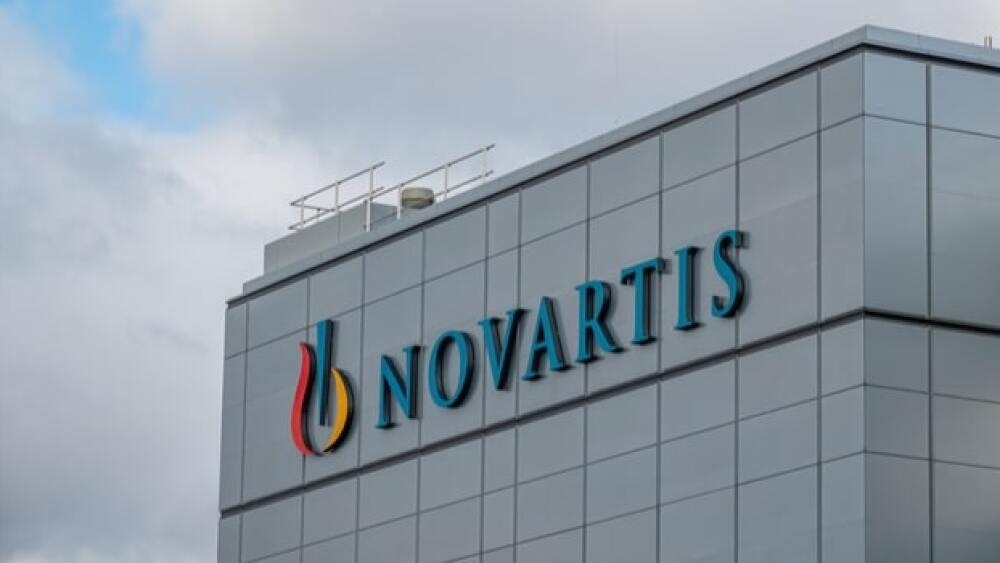The FDA-initiated partial hold on Novartis’ gene therapy trial for spinal muscular atrophy has been lifted recently. Here’s everything you need to know about it.
The hold on spinal muscular atrophy gene therapy was lifted by FDA recently. (Taljat David/Shutterstock)
The U.S. Food and Drug Administration (FDA) placed a partial clinical hold on Novartis’ OAV-101 intrathecal clinical trials back in 2019. The FDA has finally lifted the hold on the spinal muscular atrophy (SMA) studies after the pharmaceutical company presented comprehensive nonclinical toxicology data addressing the agency’s initial drug concerns.
The FDA initiated the partial hold after Novartis’ subsidiary AveXis, the developer of the therapy, told health authorities it found dorsal root ganglia mononuclear cell inflammation associated with the treatment in preclinical animal studies.
“We are very pleased that our comprehensive nonclinical data package has addressed all issues identified related to DRG toxicity and the FDA has reached the decision that we may proceed with our OAV-101 intrathecal clinical trial program and initiate the STEER trial,” said Novartis’ chief medical officer, Shephard Mpofu, M.D., SVP. “We believe that all patients diagnosed with spinal muscular atrophy should be able to benefit from the transformative impact of gene therapy and we remain confident that investigational OAV-101 IT is a viable potential treatment path for older patients who often have ongoing unmet needs, and for whom a one-time treatment could be especially compelling.”
Novartis said in a statement it will now make plans to soon launch the global pivotal Phase III registration-enabling study STEER, which will assess the efficacy, safety and tolerability of OAV-101 intrathecal in treatment-naïve patients with spinal muscular atrophy between 2 and 18 years of age. A similar late-stage trial investigating intravenous OAV-101, dubbed the SMART trial, is also underway.
Previously, the company’s Phase I/II STRONG trial showed OAV-101 intrathecal led to significant increases in the Hammersmith Functional Motor Scale-Expanded (HFMSE) scores as well as a clinically meaningful response in patients with SMA Type 2 between 2 and 5 years of age.
In 2019, Zolgensma (OAV-101 intrathecal) had a list price of $2.1 million and had already been approved for all types of spinal muscular atrophy. While the FDA announced in 2019 that data manipulation occurred in the preclinical studies from AveXis, the agency decided to still keep the gene therapy on the market. In an explanation on this move, the FDA said the manipulation of the data was “limited to only a small portion of the product testing data that was contained in the marketing application.”
In March of this year, Novartis announced it was cutting 400 positions after closing a manufacturing facility in Longmont, Colo., which was originally opened in 2019 to provide additional production capacity for Zolgensma. Novartis said the third manufacturing facility wasn’t necessary as the Swiss pharma giant could meet its manufacturing demands for Zolgensma at its other two locations in North Carolina and Illinois. Prior to acquiring the facility in Colorado, Novartis invested nearly $60 million for its North Carolina gene therapy manufacturing facility.
“We will now focus on meeting the needs of patients through our Libertyville, Illinois and Durham, North Carolina sites, where we will continue to invest in next-generation processes,” Novartis said in a statement to The Longmont Times-Call.
A portion of the shuttered Colorado facility employees have been given the option to transfer to other positions within Novartis, but the company did not disclose the number of employees given this choice.
Featured Jobs on BioSpace





